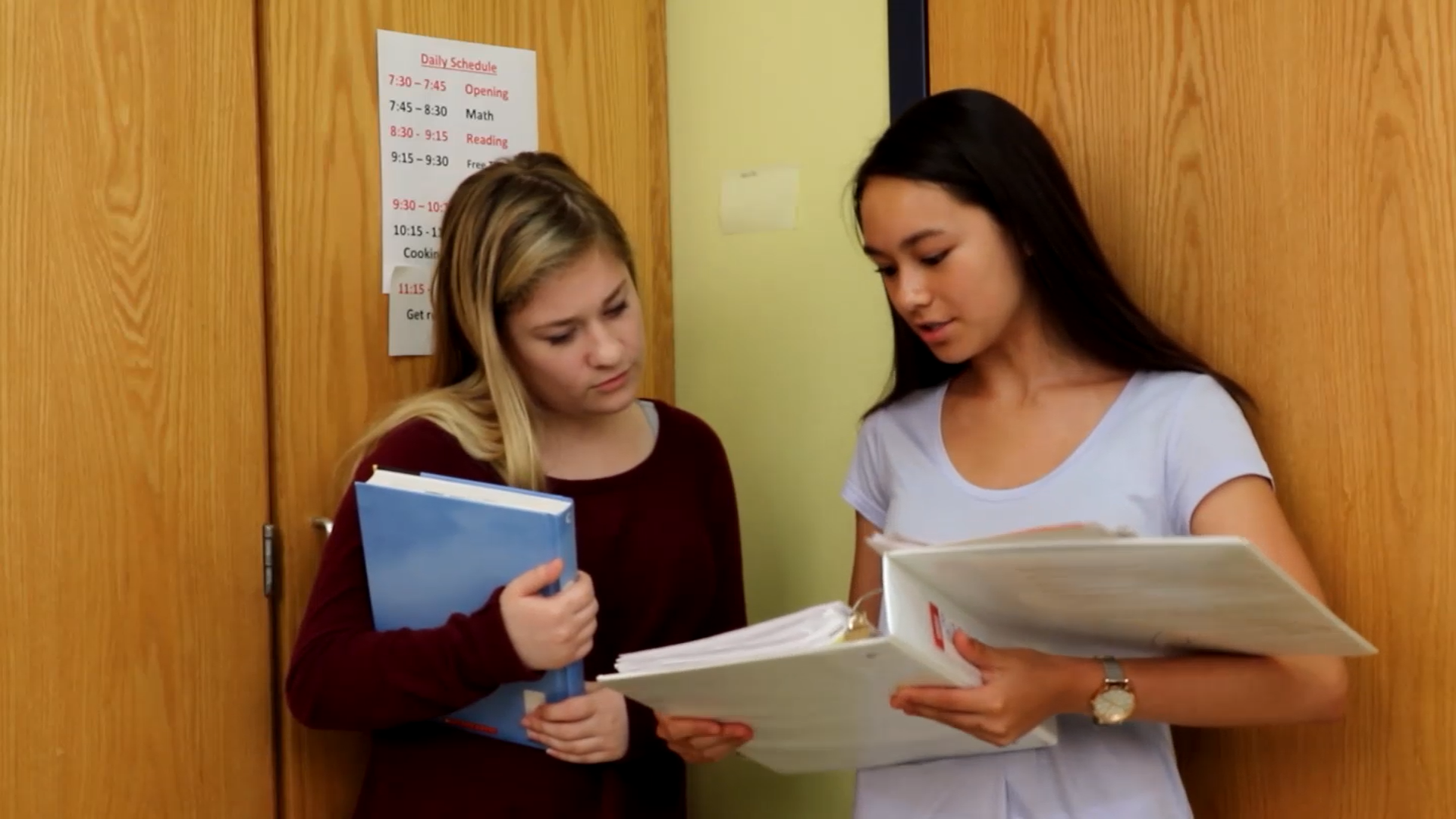
Introduction
Effective communication is a crucial skill for students to develop. In certain situations, it’s essential to understand the difference between direct and indirect communication. Direct communication is when someone says exactly what they’re thinking, while indirect communication involves finding a gentler way to convey the same message. This blog post will explore an easy-to-implement, no-prep activity for teaching the concept of direct and indirect communication to special education students, as well as discussion questions and related skills.
No-Prep Activity
For this activity, the educator will present two different scenarios to the students, one involving direct communication and the other involving indirect communication. The students will then analyze the situations and discuss the outcomes. Here’s an example:
Scenario 1: Direct Communication
Sam: How did you like my painting?
Alex: I didn’t like it. The colors were too dark, and it was hard to understand what you were trying to show.
Scenario 2: Indirect Communication
Sam: How did you like my painting?
Alex: I think it’s interesting how you used darker colors. Maybe you could try incorporating some lighter shades to make the details stand out more?
After presenting the scenarios, ask the students to think about the differences in how the messages were delivered and the potential impact on the person receiving the feedback.
Discussion Questions
- How do you think Sam feels after each scenario? Which response do you think was more helpful?
- Can you think of a situation in which using indirect communication might be more appropriate than direct communication? Why?
- How can using indirect communication help maintain positive relationships with others?
- What are some challenges you might face when trying to communicate indirectly? How can you overcome them?
- Can you think of any situations where direct communication might be necessary or more effective?
Related Skills
In addition to understanding direct and indirect communication, students should also learn related skills to enhance their social-emotional development. Some of these skills include:
- Active listening: Paying close attention to what others are saying and responding appropriately.
- Empathy: Understanding and sharing the feelings of others.
- Assertiveness: Expressing one’s thoughts and feelings in a respectful and confident manner.
- Conflict resolution: Addressing disagreements and finding solutions that work for everyone involved.
Next Steps
Teaching direct and indirect communication skills to special education students is an important step in fostering their social-emotional growth. By incorporating these lessons into your curriculum, you can help students navigate various social situations and form positive relationships with others. To access free sample materials related to this skill and others, sign up at Everyday Speech.

